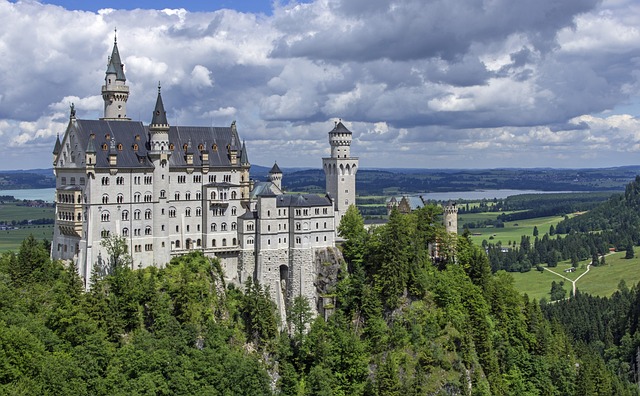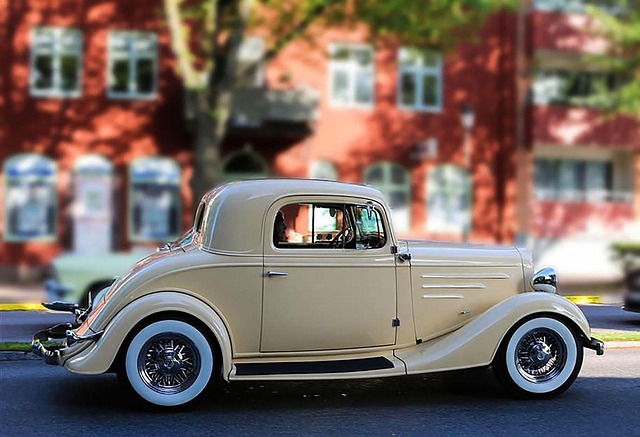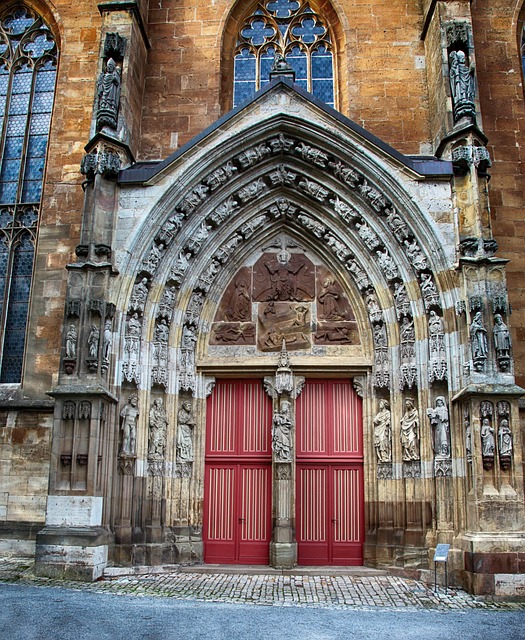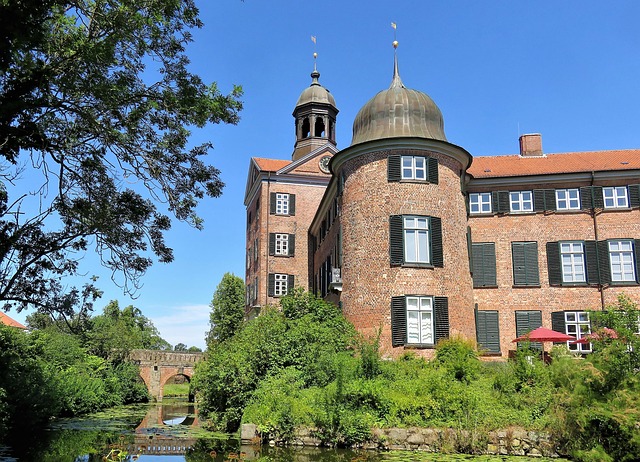Preserving original architectural elements like intricate woodwork, period fixtures, and historic brickwork adds significant value and charm to properties in real estate. These features tell stories, create unique atmospheres, and enhance market desirability, making them key for investors and developers. Tailored preservation methods include meticulous cleaning and repair, with professionals employing specialized techniques to stabilize and restore elements while maintaining historical integrity. This trend benefits communities by preserving cultural identity, attracting tourism, stimulating local economies, and fostering resident pride.
In the realm of real estate, preserving original architectural elements is a delicate dance between history and modernity. These unique features tell the story of a property’s past, enhancing its character and appeal. This article explores the profound value of maintaining these elements, delving into careful preservation techniques tailored to diverse structures. We examine how preserving historical architecture in urban areas not only preserves heritage but also contributes to vibrant, distinctive communities.
Understanding the Value of Original Architectural Elements in Real Estate

In the realm of real estate, original architectural elements offer a unique and valuable aspect that sets properties apart. These elements, such as intricate woodwork, period-specific fixtures, or historic brickwork, are not just decorative; they are a tangible link to the past, imbuing a space with character and storytelling. In today’s market, where many buildings undergo significant renovations or modernizations, preserving these original features can be a game-changer for real estate investors and developers.
Understanding the cultural and historical significance of these elements is crucial. They contribute to the overall appeal and charm of a property, creating an atmosphere that resonates with buyers and tenants. For instance, a meticulously preserved Victorian-era home with its ornate balconies and stained glass windows can attract those seeking a connection to history while appealing to a wide range of potential residents. Thus, in the context of real estate, carefully preserving original architectural elements not only maintains the integrity of a property but also enhances its market value and desirability.
Careful Preservation Techniques for Different Types of Structures

When preserving historical buildings, the approach must be tailored to each unique structure. For instance, careful preservation techniques for brick structures involve meticulous cleaning and repair of mortar joints, ensuring the integrity of the walls. In contrast, wooden frameworks require specific attention to rot and insect damage, often involving replacement of individual components while maintaining original design elements.
In real estate, preserving original architectural elements can significantly enhance a property’s value and aesthetic appeal. This is particularly true for older homes with intricate woodwork, stained glass, or unique masonry work. Professional conservators employ specialized methods to stabilize and restore these features, ensuring their longevity without compromising the building’s historical integrity.
The Impact and Benefits of Preserving Historical Architecture in Urban Areas
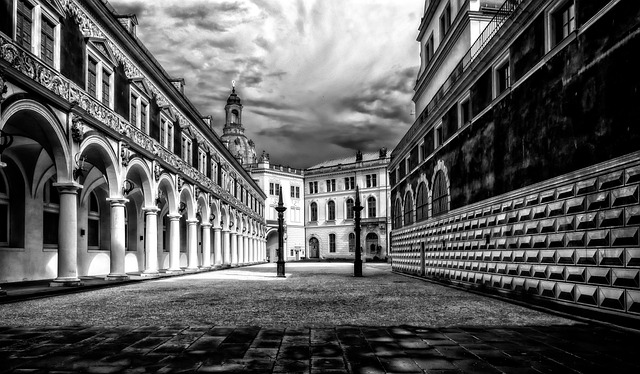
Preserving historical architecture in urban areas has a profound impact on the community and the real estate market. When historic buildings are carefully restored and maintained, they become a tangible link to the past, enriching the cultural identity of a city. This preservation effort not only protects the physical structures but also preserves the stories and memories associated with them, creating a unique sense of place that attracts visitors and fosters pride among residents.
In terms of real estate, historic buildings can significantly enhance the desirability of an area. They often command higher property values due to their character, craftsmanship, and scenic appeal. Moreover, preserving these architectural gems can stimulate local economies by encouraging tourism and supporting related businesses. The process also creates job opportunities in construction, design, and conservation, contributing to a more vibrant urban landscape that blends history with modern development.
